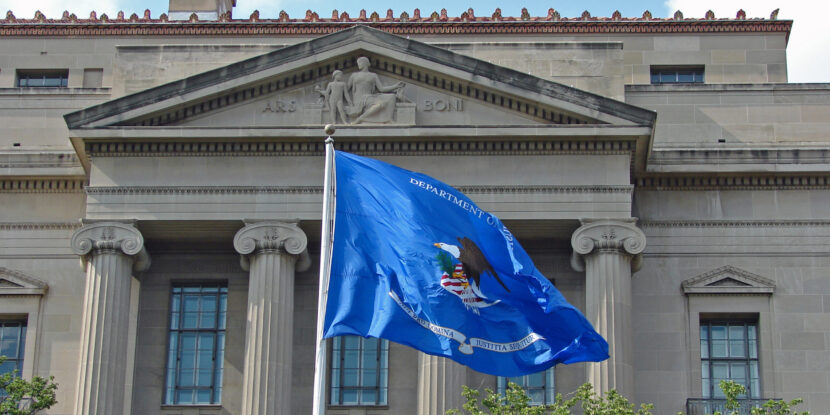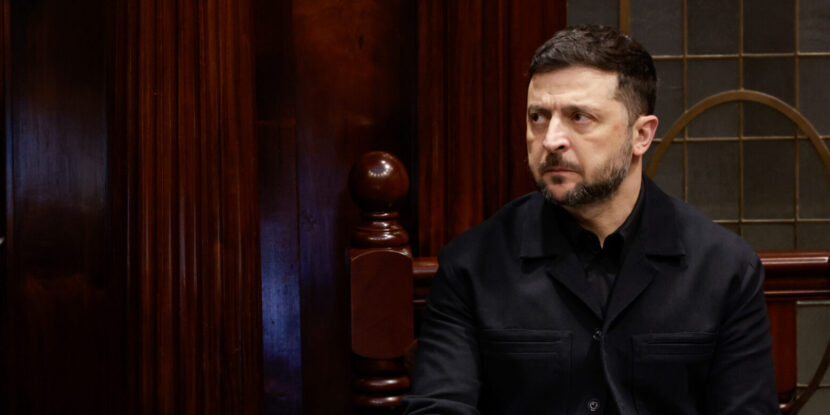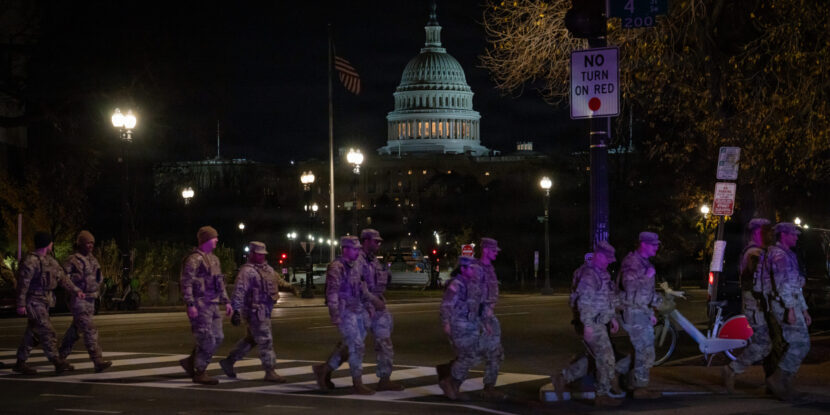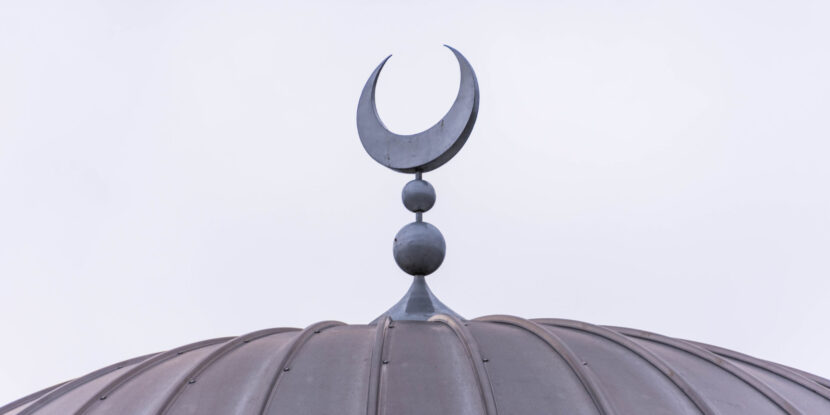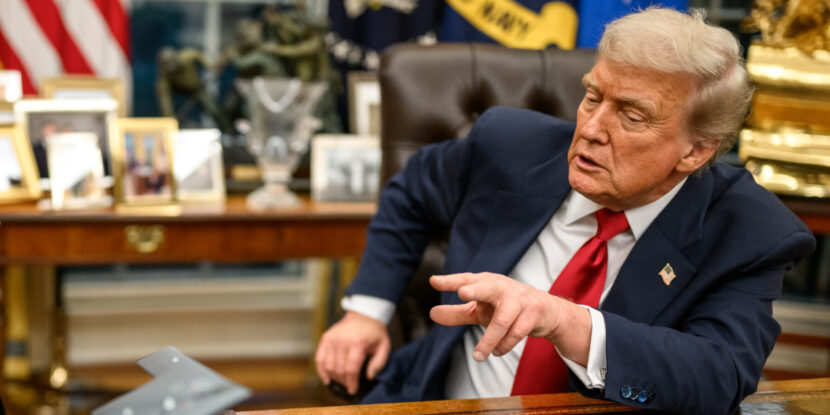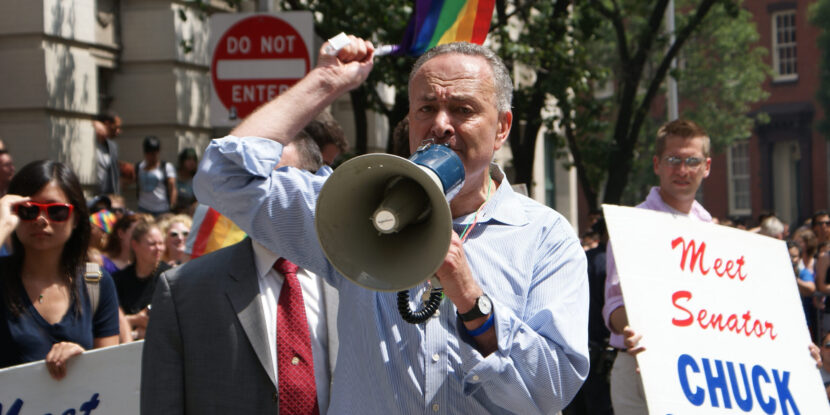Kamala Harris is set to announce a proposal on Friday that would bar what she claims is grocery price gouging by American corporations. While on the surface, the Harris proposal might have some political appeal, the history of attempts to directly cap and regulate prices—both in the United States and abroad—has not yielded the results politicians have promised.
The Harris campaign and progressive activists have embraced the grocery price cap idea after struggling to shed voter negativity toward the Biden-Harris government’s handling of the economy. Under Harris’s watch, rampant inflation caused by a series of major Biden spending bills saw grocery prices spike by upwards of 30 percent. However, tackling these increases through government-mandated prices isn’t the solution, many economists argue.
In 1971, then-President Richard Nixon enacted price and wage restrictions, which—along with the abandonment of the Breton Woods monetary system—resulted in the “Nixon shock.” The aftermath saw the U.S. dollar plunge by nearly a third of its value during the 1970s. Compounded by former President Carter‘s loose fiscal policies, stagflation crippled the U.S. economy throughout the decade.
Additionally, the dollar volatility forced the Japanese central bank to directly intervene in its monetary system to prevent the Yen from appreciating against the dollar, which would have triggered a carry trade unwind. Interestingly, a similar scenario already resulted in a massive drop in Japanese markets last week—with cross-contagion sparking ongoing volatility in U.S. markets as well.
Aside from the Nixon experience, the late Venezuelan dictator Hugo Chavez‘s 2003 attempt to enact price controls resulted in bread lines and civil unrest in the country. After Chavez extended the price controls directly to farmers and the value of agricultural goods sold to supermarkets, the Venezuelan farming industry nearly collapsed—and resulted in starvation.





